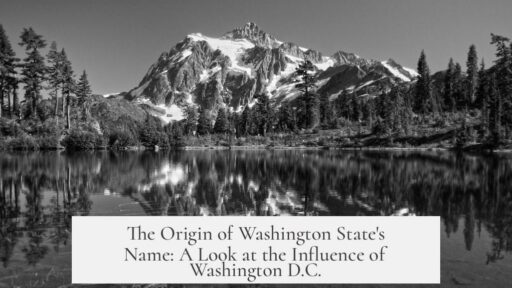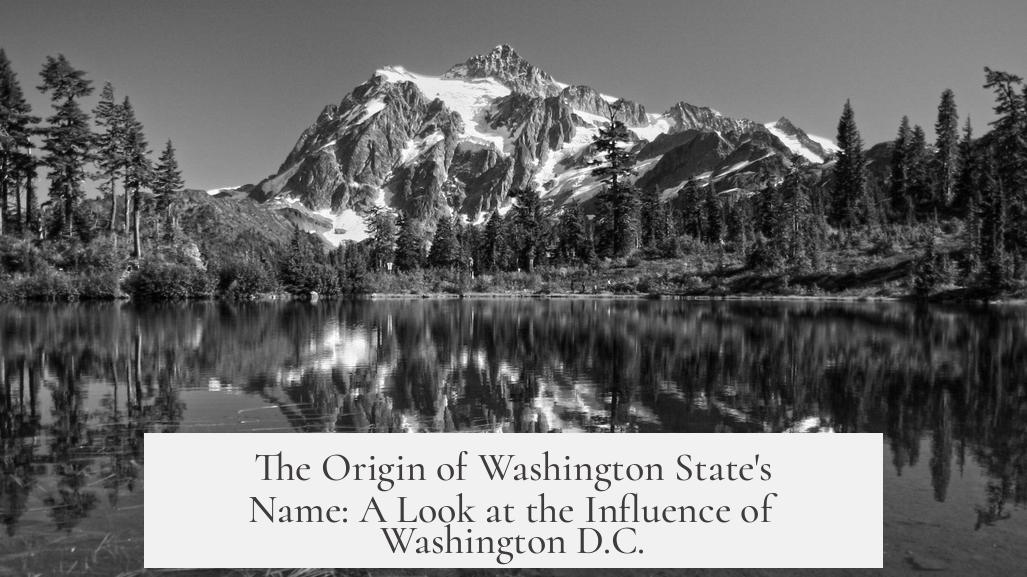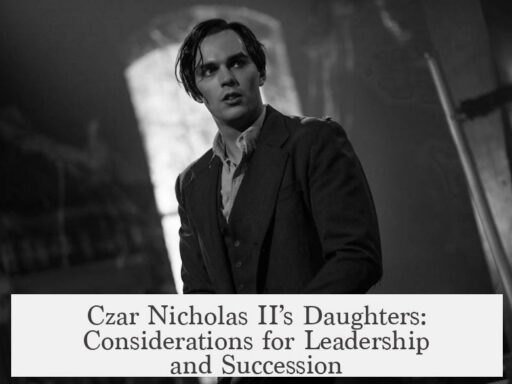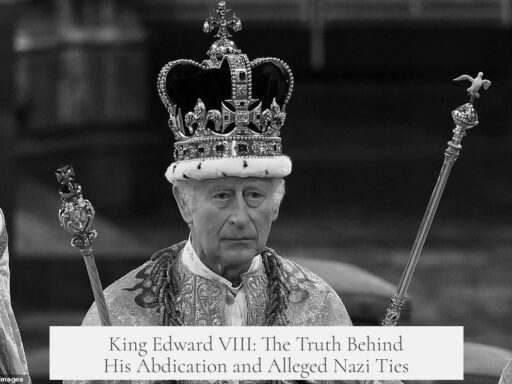Washington state was named “Washington” due to a 19th-century political decision that sought to honor George Washington, despite the existence of Washington D.C. nearly a century earlier. Originally, settlers north of the Columbia River petitioned Congress to create a new territory called “Columbia,” reflecting the region’s connection to the Columbia River and the Hudson’s Bay Company’s Columbia Department. This name aligned with local history and geography.
However, when the bill to establish the Columbia Territory was introduced in 1853, Senator Richard H. Stanton of Kentucky proposed an amendment to rename the territory “Washington.” His motivation seemed driven by a desire to honor George Washington and ensure that a territory—not just the capital district—bore his name. Stanton argued that having both a District of Columbia and a Territory of Columbia might be confusing, although naming the new territory “Washington” created a similar naming overlap.
Congress accepted Stanton’s amendment without opposition. The representative from the region also supported the change, prioritizing the honor for George Washington over the original “Columbia” designation. Consequently, what would have been “Columbia Territory” was officially created as Washington Territory. This territory eventually became the state of Washington.
The choice appears to have been more political and symbolic than based on regional identity or the settlers’ preferences. Senator Stanton did not have deep knowledge of the local naming conventions. If another territorial bill had arisen first, the final name might have been different, potentially leaving the current Washington state named Columbia instead.
- Settlers initially petitioned for “Columbia Territory,” tied to the Columbia River.
- Senator Stanton proposed “Washington” to honor George Washington and ensure a territory bore his name.
- Congress swiftly approved the name change, and the territory became Washington Territory.
- The decision favored symbolism over local geographic or historical naming preferences.
- Naming overlap with Washington D.C. remains a curiosity rooted in political choice.
Why Did They Name Washington State “Washington” When Washington D.C. Had Been Founded Nearly a Century Before?
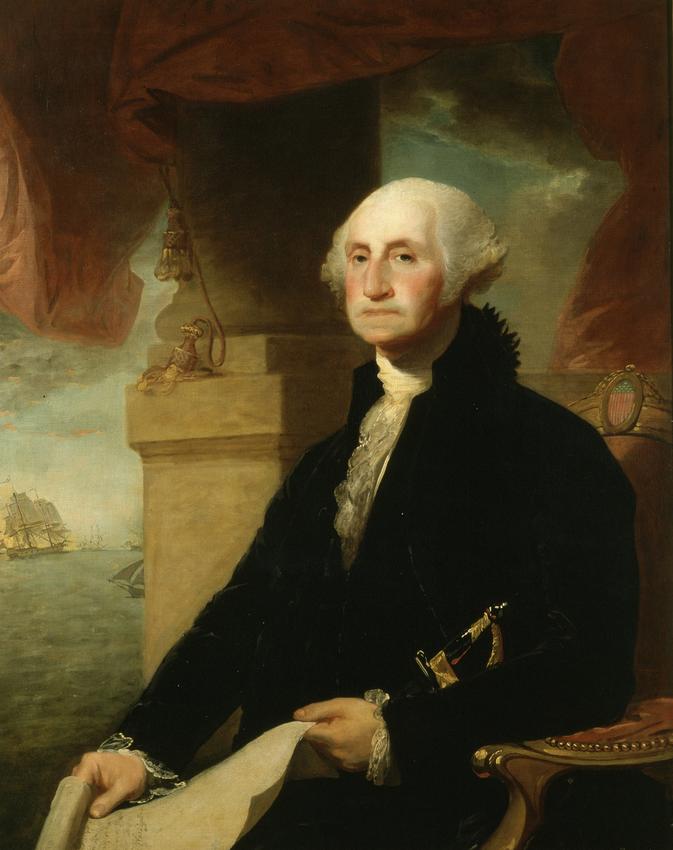
If you’ve ever wondered why the state of Washington shares its name with the nation’s capital—Washington D.C., which was founded nearly 100 years earlier—you’re not alone. The answer lies in a slice of 19th-century politics, territorial ambitions, and a dash of reverence for America’s first president, George Washington.
Let’s break it down in a way that makes sense and explores why two very different places ended up with the same name.
The Almost “Columbia” State
Before there was Washington state, there was a plan to call it Columbia. This wasn’t some random fancy name either. In 1851-1852, settlers living north of the Columbia River—then part of the larger Oregon Territory—wanted their own territory. They sent a petition to Congress proposing the name Columbia Territory.
Why Columbia? The Columbia River was central to the geography and economy of the area. Plus, much of the region was once part of the Hudson’s Bay Company’s Columbia Department, a huge fur trading division that shaped early settlement and trade. The name had deep roots in the area’s identity. Heck, the neighboring Canadian province even became British Columbia later, inspired by that same river and company connection.
This name reflected the region’s heritage and seemed perfect to the locals—until a Senator from Kentucky stepped on the scene.
Enter Senator Richard H. Stanton: The George Washington Fan
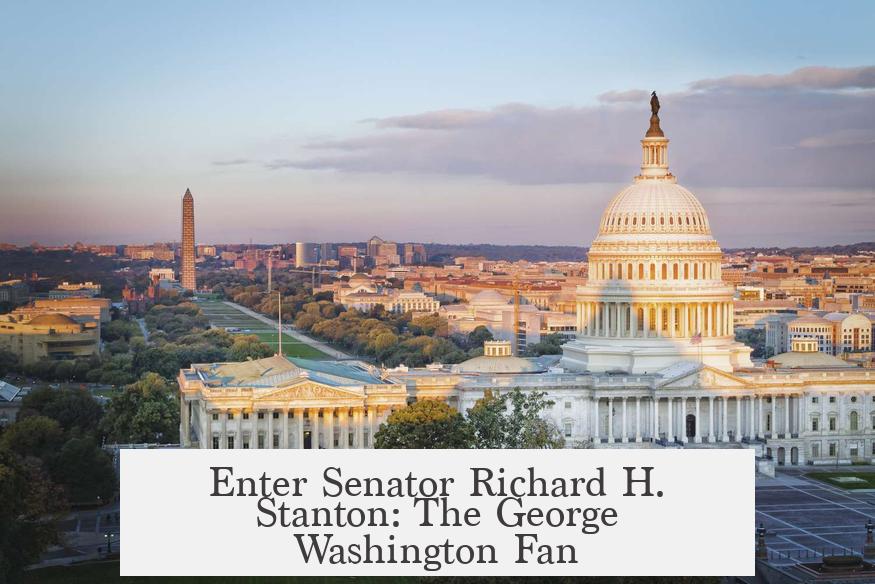
In 1853, when Congress was about to approve the creation of Columbia Territory, Senator Richard H. Stanton decided to shake things up. Instead of letting the name “Columbia” slide through, he proposed a change: Why not name the new territory Washington?
His reasoning? Stanton loved George Washington and thought it fitting to dedicate a whole territory—possibly a future state—to the nation’s first president. He made a small speech in Congress, pointing out that while we already had the District of Columbia, no territory had yet been “dignified” with Washington’s name.
Sounded noble. But here’s the kicker: he also claimed it would be confusing to have two “Columbias”—the District of Columbia and Columbia Territory. Ironically, having two “Washingtons” (the District of Columbia’s capital city and the new territory) would arguably become just as confusing. This suggests Stanton’s real goal was simply to ensure George Washington’s name graced a new state at last.
The Name Change’s Quick Approval
The delegate from the new territory didn’t protest. In fact, he was happy to honor Washington and agreed with the change instantly. Congress had no objections, either. The bill got amended, passed, and President Millard Fillmore signed it into law. Instead of “Columbia Territory,” the new political entity officially became Washington Territory.
And that’s how the Pacific Northwest got its famous name, even though Washington D.C. had worn it for nearly a century.
Why Not Just Stick with Columbia?

The petitioners who suggested “Columbia” might have been stuck on local significance and cultural connection. But Stanton—and his influence in Congress—had the final say. Some might say he was less concerned with local geography than ensuring a major American hero’s name lived on prominently in the west. If a different territorial bill had come first, maybe “Washington” would have ended up somewhere else. The Pacific Northwest could today be called Columbia. Strange to imagine, right?
What This Naming Story Teaches Us
Names often tell stories that go far beyond simple geography. They carry politics, ambitions, and respect. This tale shows how the naming of places can be shaped by people far removed from the land itself. Think of Stanton as a political opportunist with a soft spot for Washington, whose timely intervention shaped history.
So next time you hear “Washington,” do you think of the bustle of the capital or the forests and coastline of the Pacific Northwest? Both places share a name, but their stories and identities are wildly different. This reflects the layered legacy behind American place names.
Would It Have Made a Difference if the Northwest Was Called Columbia?
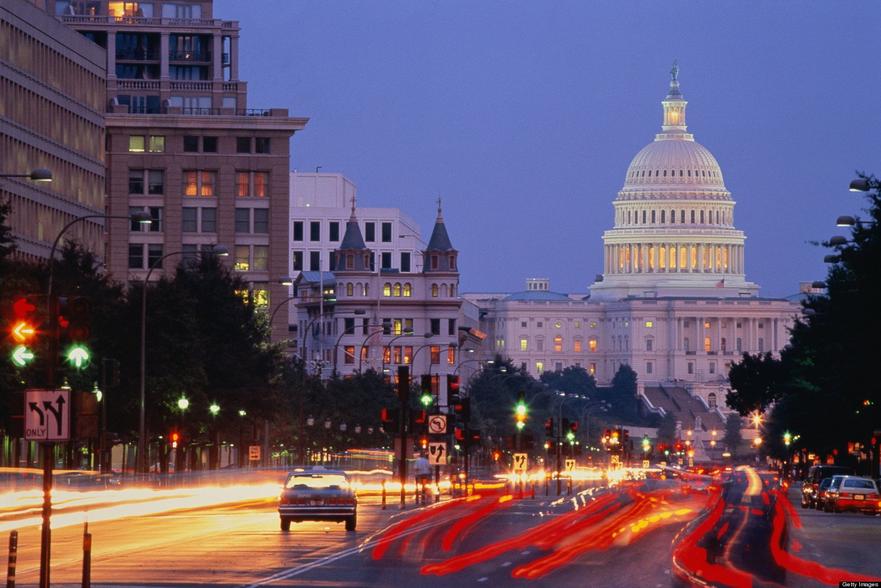
- Would it have avoided confusion with Washington D.C.? Perhaps.
- Would British Columbia’s naming have been affected? Probably not; the names grew parallel but separate.
- Would it change how people feel about the state? Unlikely, but its identity might feel less anchored to George Washington’s legacy.
Sometimes names are more than labels. They’re symbols of trust, admiration, and history. Washington State’s name shows how one senator’s passion and timing can literally reshape a map.
Fun Fact to Wrap Up
Despite the concerns about confusion, having two different places named Washington hasn’t caused too many headaches. Locals simply learn context clues: Washington D.C. is the bustling capital, Washington State is the evergreen wonderland. Names, after all, are just guideposts—not the whole story.
Next time you drive through Seattle or visit the National Mall, remember: you’re stepping into a tale of petitions, politicians, and presidents. The story of Washington—two-fold and layered, just like America itself.
Why was the original name proposal for Washington state “Columbia”?
The settlers north of the Columbia River wanted to name the territory Columbia because it reflected the region’s tie to the Columbia River. This name was linked to the Hudson’s Bay Company’s Columbia Department, which governed the area economically and geographically.
Who changed the proposed name from Columbia to Washington?
Senator Richard H. Stanton from Kentucky amended the bill in 1853. He pushed for the name Washington to honor George Washington and to ensure a territory bore his name, replacing Columbia despite initial support for that name.
Why did Senator Stanton argue against the name Columbia?
Stanton claimed having both a District of Columbia and a Columbia Territory would cause confusion. However, his real aim was likely to secure a place named Washington, valuing that over avoiding confusion.
Did anyone oppose changing the territory’s name to Washington?
No one in Congress opposed the amendment. The territory’s representative agreed it was fitting to honor George Washington. The amended bill passed quickly and was signed into law by President Fillmore.
Was naming the territory Washington based on local preference?
No. The original petitioners preferred Columbia. Senator Stanton was likely unfamiliar with local reasons. The name Washington was assigned because of his influence and desire to honor George Washington.
